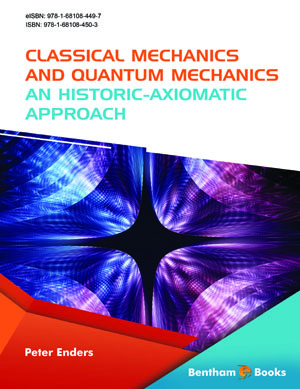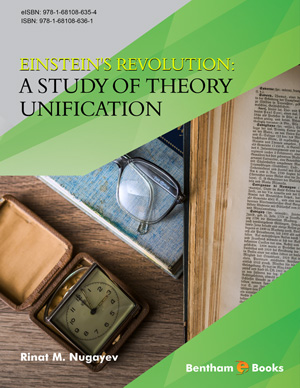Abstract
Over the years, several reports of experiments have been published claiming evidence of an unusual interaction between superconductors and gravitational force fields. One of the best-known examples is the work of E. Podkletnov et al. the “Impulse Gravity Generator” (IGG) experiment. Due to its potential importance in physics, a setup for replication of the IGG experiment has been constructed. The following article describes the experimental setup used to verify or contradict the claims made. The replication follows the requirements specified by E. Podkletnov et al. as closely as possible. Additional modifications, where made, enhanced the experimental possibilities. Superconducting emitters with two or more layers are fabricated, cooled down to 35K and charged with different high-voltage generators to realize different characteristic discharge curves. Two discharge chambers are employed to realize various superconductor gas transitions, as well as superconductor metal transitions. Various sensors are used to measure disturbances and vibrations. As a result, energy from a possible anomalous radiation can be proved to nine orders of magnitude smaller than the smallest “gravity impulse” energy reported by E. Podkletnov et al.
Keywords: Superconductors, high-Tc superconductors, superconducting emitters, type-II superconductors, layered superconductors, melt-textured YBCO, high-voltage generators, high-voltage gas discharges, laser triangulation sensor, gravity-like fields.


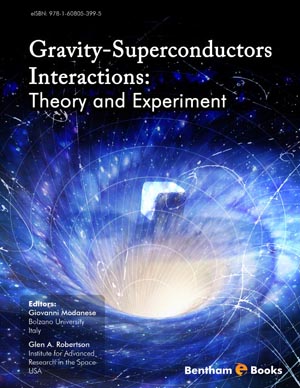


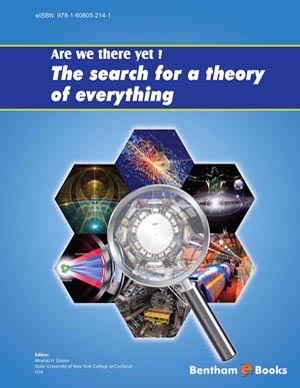

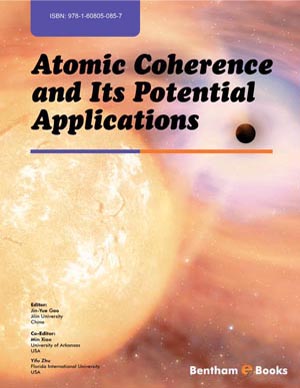
.jpg)
